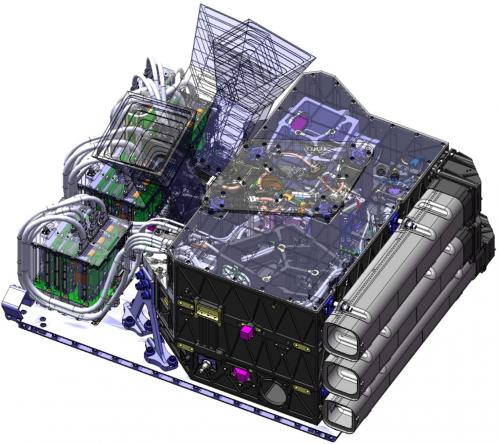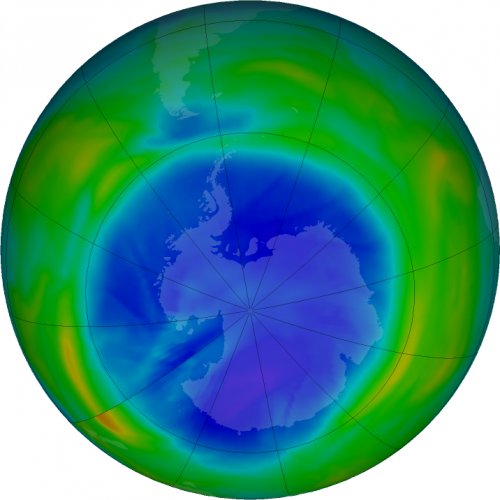After a rigorous preliminary phase - which included feasibility studies, iterations on the optimal instrumental concept, etc. - ALTIUS (Atmospheric Limb Tracker for the Investigation of the Upcoming Stratosphere) is now an element of ESA’s Earth Watch Programme, branded “ESA’s O3 mission”. But it all started at BIRA-IASB, when it became clear to us that the world would need high quality, vertically-resolved measurements of the O3 layer, our shield against harmful solar UV radiation.
ALTIUS belongs to a family of atmospheric limb sounders: satellite instruments looking at the horizon in order to better capture the vertical distribution of the atmosphere’s trace gases. The primary scientific objective is O3, but secondary targets are also foreseen, such as stratospheric aerosols, NO2, temperature, and more.
Monitoring signs of ozone layer recovery
The mission will aid in monitoring the weak signs of recovery of the ozone layer, which has been damaged by decades of CFC emissions. But ALTIUS will also contribute to the climate change scope: as global temperatures rise, wildfires increase, releasing dust and aerosols, which will in turn perturb the chemistry of the stratosphere (the atmospheric layer between 10 and 50 km, and the home of the ozone layer).
Extract geophysical information from gigabits of data
Several teams at BIRA-IASB are engaged in the development of ALTIUS. Today, the biggest challenge is the preparation of the “payload data ground segment”: the infrastructure which will process data acquired by the instrument in flight. Concretely, our researchers are conceiving algorithms whose goal is to extract geophysical information from the gigabits of data collected every orbit.
Those data account for the signature left by the ozone molecules in the solar light (or star light) which has crossed the atmosphere. Our role is to replicate this physical process, and explain the measured signals by estimating the most probable composition of the atmosphere.
Over the last two years, BIRA-IASB’s ALTIUS team has developed and implemented cutting-edge tools, such as a radiative transfer model (a model of the interaction between light and the atmosphere) exploiting the amazing computing power of GPUs, the processors optimized for computer gaming. Artificial intelligence (AI) has also made its way in our algorithms: neural networks are being trained to speed up the calculations during the retrieval of the ozone profiles.
The maturity of our algorithms has now reached a point where we are able to process the observations from previous atmospheric limb sounders, an excellent playground before a launch scheduled for late 2025.


